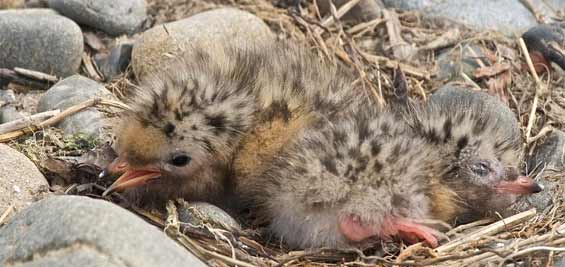Archived content: This media release was accurate on the date of publication.
Date: 13 September 2015 Source: Office of the Associate Minister of Conservation
Whitebait will be making a comeback into Christchurch and more will be done to protect the habitats of Canterbury's colony-nesting river birds, says Associate Conservation Minister Nicky Wagner.
The Community Conservation Partnership Fund is providing more than $126,000 to the Whaka Inaka project to restore whitebait habitat in Christchurch, and more than $33,000 to the Braided River Partnership project to improve the success of colony-nesting birds along Canterbury rivers.
"Whitebait spawning in Christchurch has declined, particularly after the earthquakes caused significant habitat damage. The Whaka Inaka project will provide an immediate temporary spawning habitat for whitebait along 3km of Christchurch river banks," Ms Wagner says.
"The temporary habitat, in the form of straw bales, will kick start the potential reinstatement of whitebait breeding grounds. The project is a major step to permanently restoring habitats following the Canterbury earthquakes.
"I would like to acknowledge the valuable contribution of Ngāi Tahu. The project is driven by iwi and community aspirations for healthy river environments in our garden city.
The CCPF is also investing in the conservation of Braided Rivers in the Canterbury region.
"The Braided River Partnership Project aims to improve the success of colony-nesting river birds throughout Canterbury's braided rivers with predator trapping programmes, habitat improvement and monitoring.

White fronted tern chicks
"Many populations of braided river birds are at risk because of recreational activity, introduced predators and weed species. The project works with commercial operators that use braided rivers as part of their day to day activity, including jet boating, rafting and fishing.
Working with people who use the rivers every day is an essential part of preserving braided river species," Ms Wagner says.
More information
Braided river species include:
- tarāpuka/black-billed gull (nationally critical)
- tarapirohe/black-fronted tern (nationally endangered)
- ngutu pare/wrybill (nationally vulnerable)
- turiwhatu/banded dotterel (nationally vulnerable)